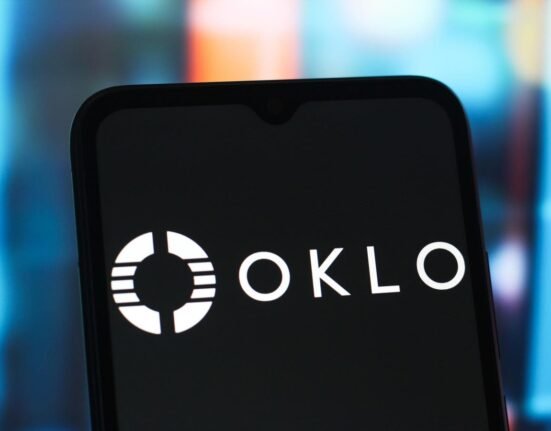Palantir is becoming a profitable business, and that’s good news for PLTR stock
On Aug. 7, 2023, Palantir (NYSE:PLTR) announced its Q2 2023 results. They were excellent. At the same time, it said that the board had approved a $1 billion share repurchase program of Class A PLTR stock, the first in its history.
Usually, when a company announces a large buyback, the shares jump higher because investors interpret the news as bullish for the stock. That did not happen. Instead, they fell 21% over the next eight trading days.
In hindsight, PLTR stock went on a heater in February, entering the month at $16.09, closing it out on a special Feb. 29th edition, up 56%, to $25.08.
A fifth consecutive quarter of GAAP profitability caused the big move. In Q4 2023, it earned $93 million on $608.4 million in revenue. It earned $209.8 million in 2023 on revenue of $2.23 billion, nearly a 10% net margin.
More importantly, regarding share repurchases, its adjusted free cash flow for the year was $730.5 million, 33% of its revenue. Free cash flow is the bucket from which buybacks flow.
Oddly, despite its shares trading below $20 for most of the fourth quarter and free cash flow aplenty, not a share was repurchased by Palantir between August and December. Nothing was mentioned in its Q4 2023 shareholder letter or in its Q4 2023 conference call.
What’s up with that?
Now that its shares are over $25 and up 214% over the past year, investors should ask themselves whether a $1 billion buyback makes any sense.
Here are my thoughts on the subject.
The Buyback Announcement Tried to Cover Over an Iffy Quarter
When PLTR stock announced the buyback in August, its adjusted free cash flow for the first half of 2023 was $285 million. On an annualized basis, that’s $570 million, not nearly enough to make a dent in the $1 billion share repurchase program, but at least it was making money.
The big move in the second quarter was to move a bunch of cash into marketable securities. Although the cash flow statement shows cash went down by $1.55 billion in the first six months of the year, the balance sheet says it gained approximately $470 million year-over-year if you include marketable securities.
Then, it announced Q3 2023 results in early November. Cash and marketable securities had grown to $649 million with adjusted free cash flow of $426 million, or $568 million annually.
Considering it had no bank debt and just $236 million in operating lease liabilities, it had plenty to buy back stock below $20, where it traded for most of the third quarter. The same situation existed in the fourth quarter. Once more, no buys.
As Investor’s Business Daily reported after Palantir’s Q2 2023 results, not everyone was impressed with the company’s quarter.
“Commercial revenue decelerated to 10% year-over-year growth vs. 15% in Q1,” Jefferies analyst Brent Thill said in a note to clients. “Government revenue decelerated to 15% year-over-year vs. 20% in Q1.”
It’s more than possible that the company threw the share repurchase program out there to persuade skeptical investors to remain on the Palantir bandwagon.
What’s the Point of a Buyback for a ‘Controlled Company’?
As you might be aware, although Palantir is not considered a “controlled company” under the NYSE corporate governance rules, there’s no other way to describe it. Here’s why.
Palantir has three classes of shares: Class A, Class B, and Class F. While Class A shares get one vote per share, and Class B get 10 votes per share, Class F shares, held exclusively by the three founders — CEO Alex Karp, President Stephen Cohen, and venture capitalist Peter Thiel — give the trio 49.99% of the votes.
There are a bunch of rules associated with the founder voting agreement and voting trust that could alter the control position. Still, barring any of those coming into play, Palantir is controlled by the trio.
This begs why the company would bother with a share repurchase plan that does little to change the status quo. Sure, share repurchases increase the ownership stake of the remaining shareholders, but the company remains in the hands of Karp, Cohen, and Thiel.
Palantir could buy back 90% of the shares not held by the trio, and as long as they remain alive, they would continue to control the business with considerably less than 50% of the actual equity.
There is no point to a buyback.
The funds should be used for research and development, new product development, and a bigger sales team. If AI is all it’s supposed to be for Palantir, the revenue and profits will care for themselves.
Yes, there is a better use of the $1 billion.
On the date of publication, Will Ashworth did not have (either directly or indirectly) any positions in the securities mentioned in this article. The opinions expressed in this article are those of the writer, subject to the InvestorPlace.com Publishing Guidelines.







